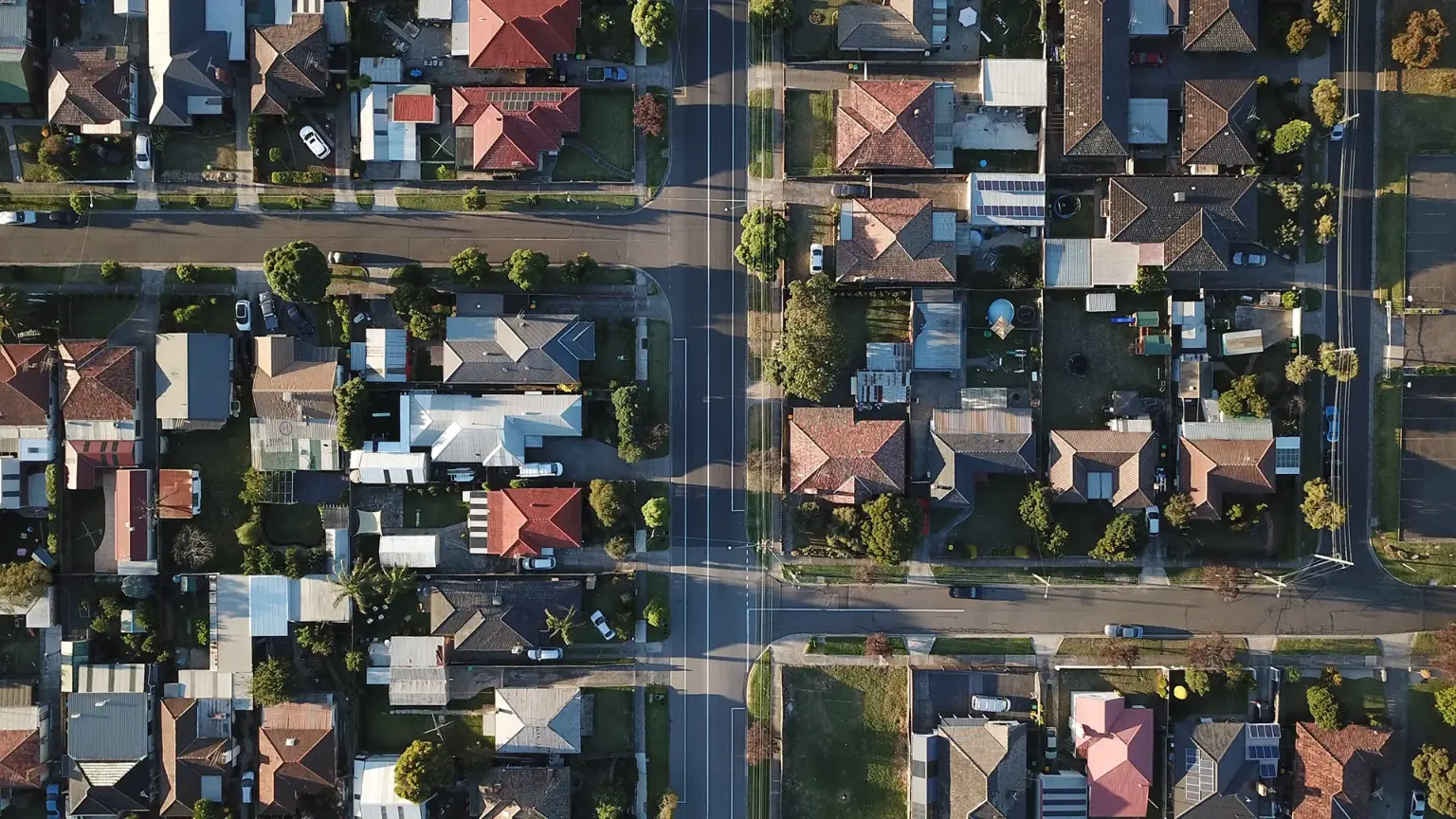New data shows both investors and first-home buyers are re-entering the market. Behind the headlines lies a shift in financial conditions, lending trends, and structural supply issues shaping investor opportunity.
After a period of relative stagnation, Australia’s property market is showing renewed strength. Recent figures confirm national home values rose by 1.1 per cent in October and 6.1 per cent over the past year, the most pronounced annual lift in more than two years.
What makes this cycle particularly noteworthy is the scale of investor re-engagement. Lending data from the Reserve Bank of Australia (RBA) and the Australian Bureau of Statistics (ABS) points to a sustained increase in investor credit growth. This pattern, emerging alongside persistent housing undersupply, is setting the tone for the next stage of the property market’s evolution.
1. Investor activity rises despite higher rates
While interest rates remain elevated relative to 2022 levels, the investor share of new housing loans has climbed to roughly 40 per cent up from around 25 per cent five years ago. This shift signals not only resilience among investors but also renewed confidence in long-term capital growth.
Interestingly, this resurgence comes at a time when household budgets remain under strain from inflation and high mortgage repayments. For investors, this suggests the market is being driven by a combination of structural demand (particularly from migration and rental pressure) and a reassessment of property as a hedge against inflation.
The implication: investors are re-entering the market not because it is cheap, but because it is stable relative to other asset classes.
2. First-home buyers add competitive pressure
First-home buyers are also active again, supported by modest wage growth, dual-income borrowing capacity, and government assistance programs. This overlap of investor and first-home buyer demand is unusual; typically, the two groups move in opposite directions.
The current convergence indicates that demand is being fueled by broader confidence in housing as a store of value rather than speculative exuberance. However, it also means entry-level investment stock, townhouses, apartments, and smaller houses in well-located suburbs are facing heightened competition, compressing yields in some markets.
Investors seeking higher returns may need to pivot toward emerging regional centres or infill developments in middle-ring suburbs where first-home buyer competition is less intense.
3. Supply imbalance remains the key structural issue
Despite record dwelling approvals in the mid-2010s, completions have lagged population growth for several years. Construction costs remain elevated, and developer financing is constrained. As a result, supply elasticity, the market’s ability to respond to new demand has weakened.
This structural limitation is driving both rental growth and price resilience. Vacancy rates in most capital cities remain below 1.5 per cent, and rents have risen by more than 25 per cent in many metropolitan areas since 2022.
For investors, these conditions create a dual-layered opportunity: consistent rental income supported by scarcity, and capital appreciation driven by constrained supply. However, these same forces increase affordability challenges for tenants and may attract future regulatory attention.
4. Financial conditions and the outlook for 2026
The RBA has signalled that a rate cut in November 2025 is unlikely, but markets are pricing in easing from early 2026. Historically, the first phase of a monetary easing cycle tends to stimulate property markets disproportionately improving serviceability ratios and investor sentiment.
Nevertheless, this should not be mistaken for a broad-based boom. Housing affordability remains stretched, and further price growth will depend heavily on income growth and construction recovery. Analysts expect national price gains to moderate to 4–5 per cent in 2026 after the 6–7 per cent recorded this year.
Investors should therefore calibrate their expectations: steady, sustainable growth rather than speculative spikes.
5. Strategic considerations for property investors
-
Capital allocation discipline: Prioritise markets with genuine supply constraints rather than those simply benefiting from temporary sentiment.
-
Cash-flow resilience: Ensure investment models withstand interest rate volatility and potential rental plateaus.
-
Asset selection: Focus on property types likely to remain in undersupply family homes near transport, well-located townhouses, or high-quality build-to-rent assets.
-
Regulatory awareness: Keep watch on state-level tenancy reforms and potential changes to negative gearing discussions in the lead-up to the next federal election cycle.
-
Diversification: Balance metro exposure with select regional markets that offer affordability, population inflows, and consistent rental demand.
A disciplined, data-driven approach will differentiate investors who achieve sustainable returns from those who chase short-term gains.
Conclusion
The latest national data confirms that investor participation is strengthening — not as a speculative surge, but as a measured response to persistent housing undersupply and stabilising economic conditions. While the market’s pace will likely ease in 2026, underlying fundamentals remain robust.
For investors, this is not a moment for complacency. The capacity to interpret data, assess risk, and execute strategically will define performance in the next phase of Australia’s property cycle.
Visit www.ausinvestmentproperties.com.au to view our current portfolio of investment opportunities and explore research-backed property options tailored to your strategy.
Image: Troy Mortier
_17623130443GJfk-cover.jpg)
_1764731815HUFUX-card.jpg)
_1764211036lHsm6-card.png)
_1762916285NoFl4-card.jpg)
_1760408926gJ50A-card.jpg)

_1758680457EfP8W-card.png)

_1764731815HUFUX.jpg)
_1764211036lHsm6.png)
_1762916285NoFl4.jpg)
_17623130443GJfk.jpg)
_1760408926gJ50A.jpg)
_17598783571Kaml.jpg)



